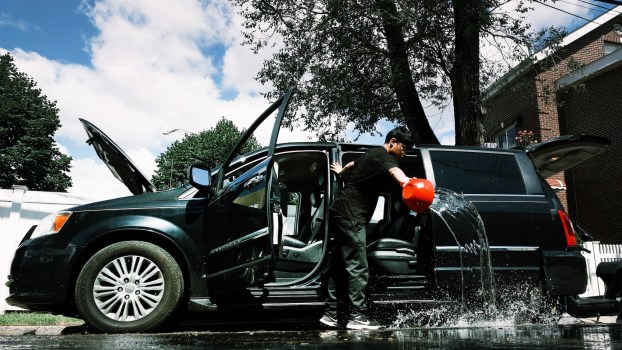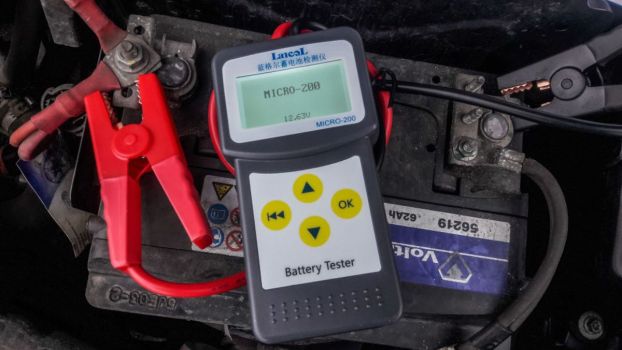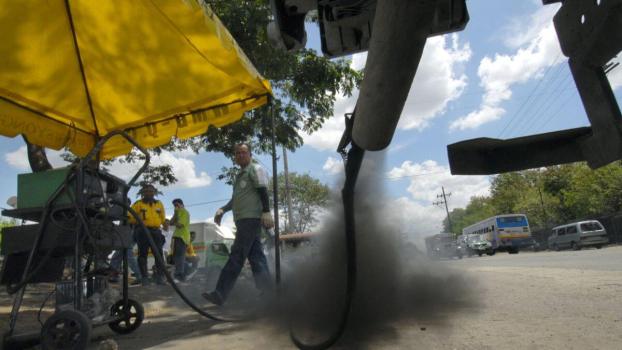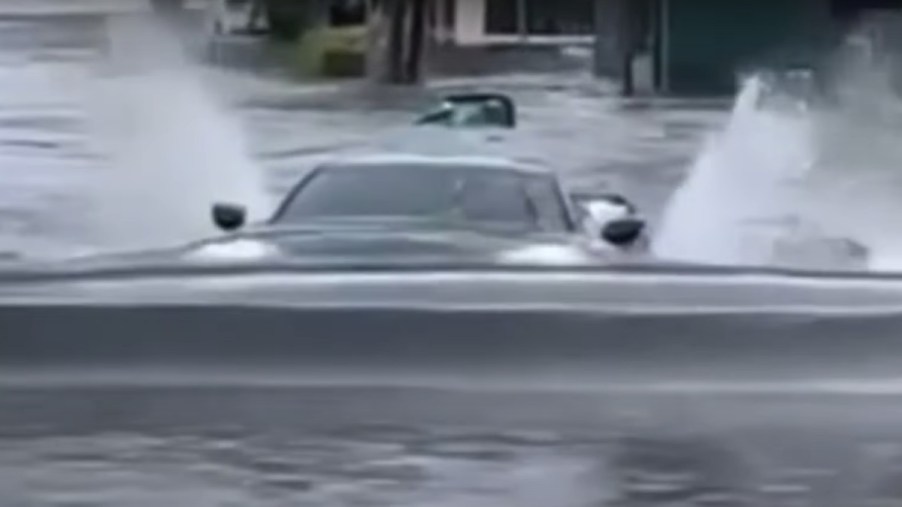
Can a Car Still Run After Being Submerged in Water?
Hurricanes can take a heavy toll on the environment. When evacuations take place due to storm surges, some people leave their cars behind. But can you rescue your car after it has been submerged underwater? Let’s look at what damage can happen to a flooded vehicle.
What happens to the engine?
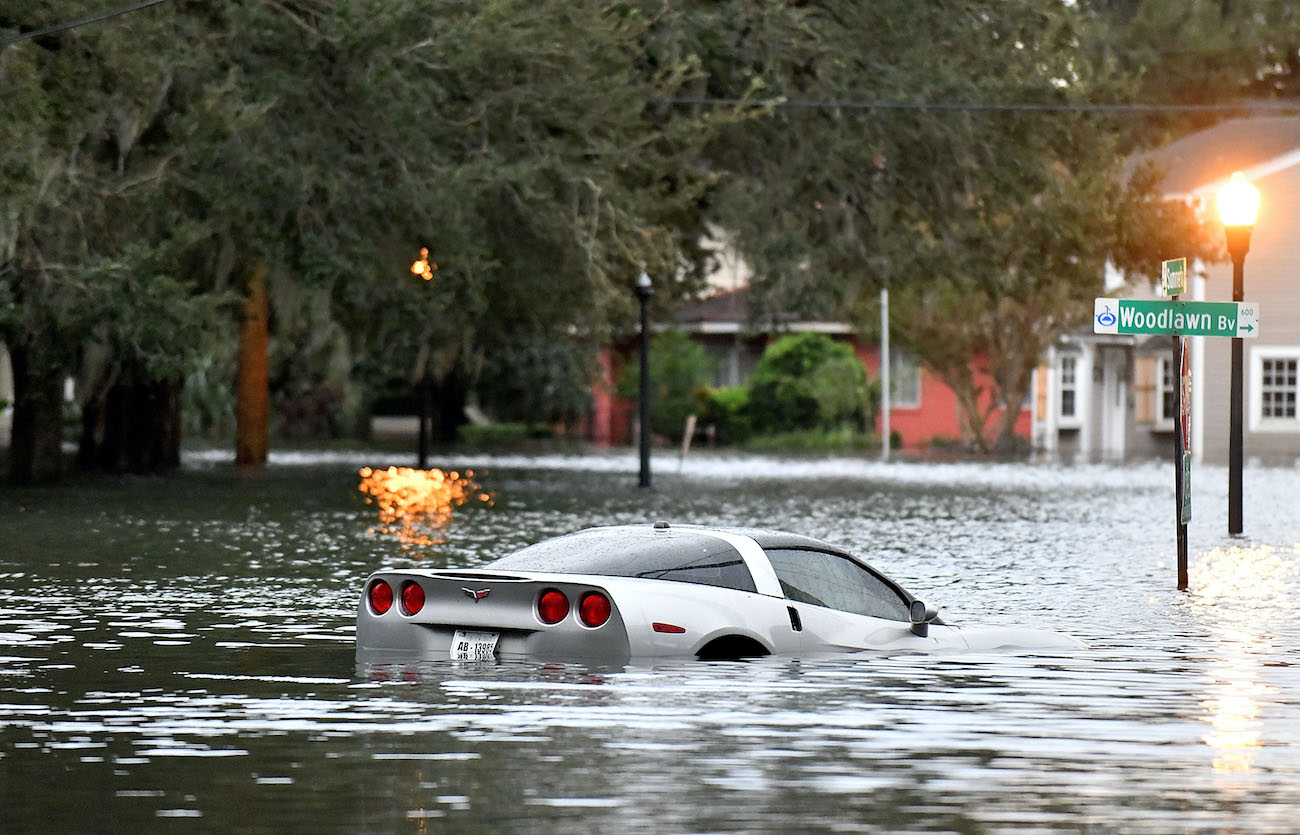
One of the first concerns after a car has been submerged for any length of time is if it will even run. It’s not a good idea to try to turn the engine over immediately until the damage can be assessed. There is likely water in the engine, transmission, and fuel system, and starting the vehicle will only make matters worse. Especially in coastal areas, saltwater is even more harmful to a vehicle’s internal systems.
One of the most important things to look for in a flooded vehicle is the high-water mark. You can find this by looking for a dirty water line. If the water only got to the bottom of the doors, the engine is likely OK. However, if the floodwaters rose past the hood, expect to find many damaged systems. Though most modern cars are sealed well, chances are there is water in the engine, which can warp the components, making the engine stall. That will lead to extensive repairs.
Is a car totaled after being flooded?
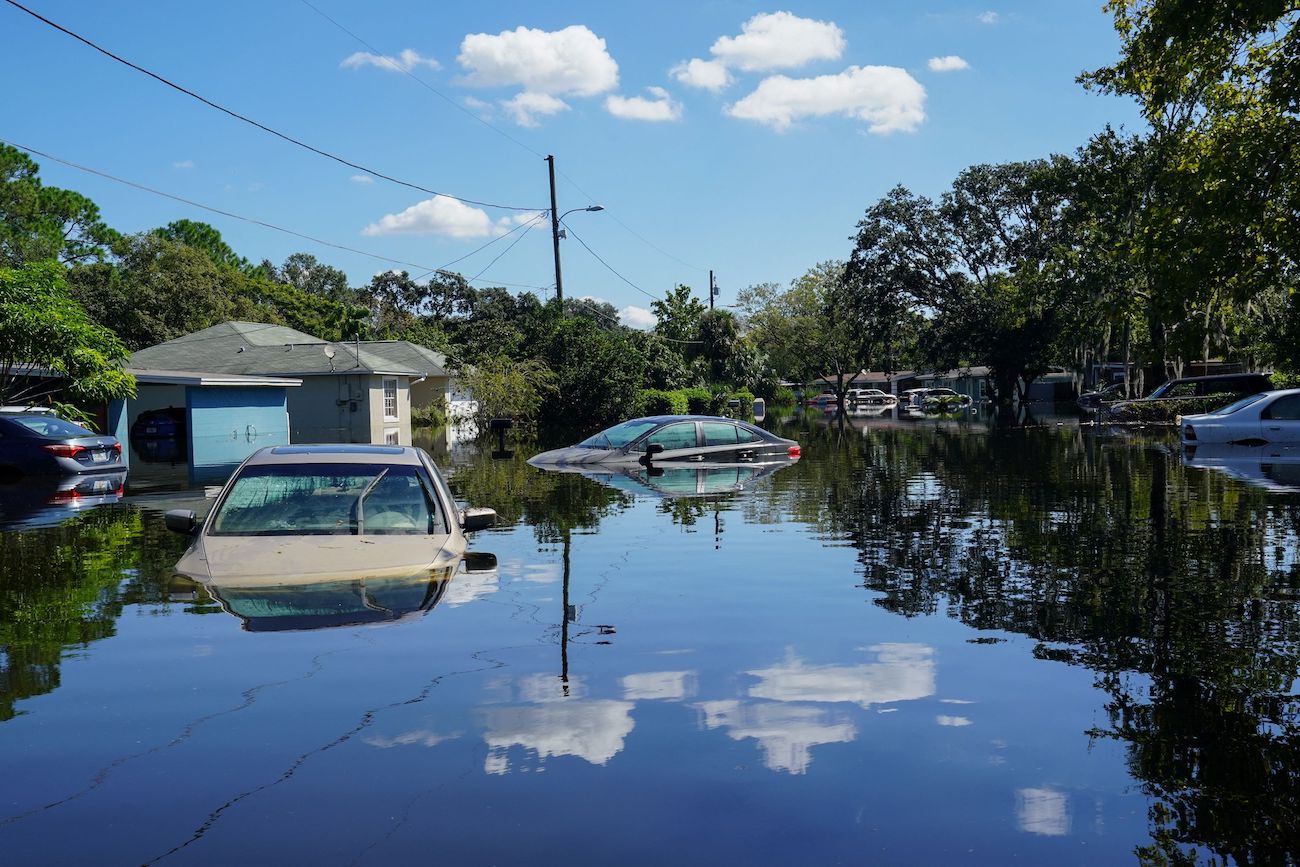
Depending on where the high-water mark is on a vehicle will determine the likely cost of repairs. If the car was completely submerged, the insurance adjuster would probably total the vehicle because it would cost more to repair than the vehicle is worth. Not only would the engine likely be damaged, but there are also hundreds of electrical components in modern cars. Most vehicles have computer modules.
After being submerged in water long-term, the electrical components begin to fail and cause a multitude of hard-to-diagnose problems down the road. These systems depend on low-voltage signals from sensors in the engine management system and antilock braking system (ABS). Corrosion build-up on connectors can affect these low-voltage signals, causing problems that might not appear for years.
How do you deal with a flooded car?
According to Popular Mechanics, one of the first things to do is clean out as much mud and water as possible. Again, don’t start the engine. It’s also a good idea to disconnect the battery to avoid further electrical damage. Next, check the dipsticks for the engine and transmission. If there are water droplets on them, you’ll need to change the fluids and filters and possibly remove the oil pan if the water is muddy to clean the oil out.
Late-model vehicles have sealed fuel systems, so there’s a slim chance that water has infiltrated these systems in a flooded car. Muddy water can get past the engine seals in just a few hours. The seals are designed to keep fluids in, but they aren’t meant to keep fluids out. If possible, wheel bearings will need to be cleaned and repacked. If the car continues to function, it’s also a good idea to change the fluids again after 1,000 miles.
Beyond those basic repairs, the engine might need to be disassembled and inspected for flood damage. That could be cost-prohibitive, so it might not be worth the trouble if the water damage is extensive. Your insurance adjuster will determine much of this. Water can wreak havoc on a vehicle. So, it may be best to trust professionals to determine if your car is salvageable in the long run.
